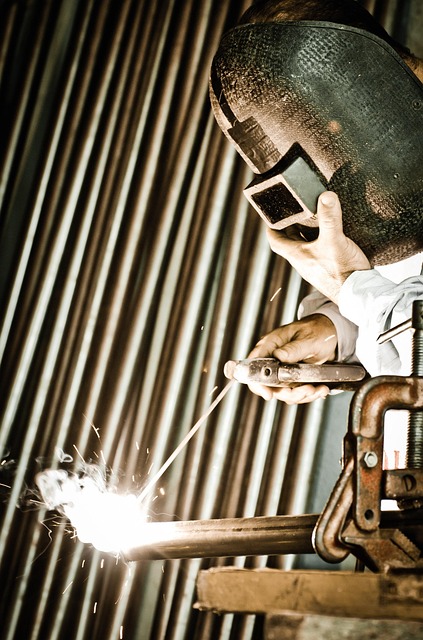Before replacing a thermostat, a thermostat repair expert recommends checking power supply and connections for accurate readings. Start with basic troubleshooting like battery checks and sensor cleaning. Compare performance with a working thermostat to diagnose issues quickly. For complex problems, consult an expert for precise repairs, energy-saving tips, and safe installations.
Struggling with a thermostat that’s not functioning right? Don’t sweat it! This guide is your go-to solution for troubleshooting common issues. From power supply checks and resets to inspecting wiring, we’ve got you covered. Learn how to re-program settings, verify temperature preferences, and even test with an alternative thermostat for comparison. If all else fails, consult a thermostat repair expert for advanced help.
- Check Power Supply and Connections
- Reset and Re-program the Thermostat
- Inspect for Damaged Wiring or Components
- Verify Temperature Settings and Preferences
- Test with a Different Thermostat for Comparison
- Call in a Professional for Advanced Troubleshooting
Check Power Supply and Connections
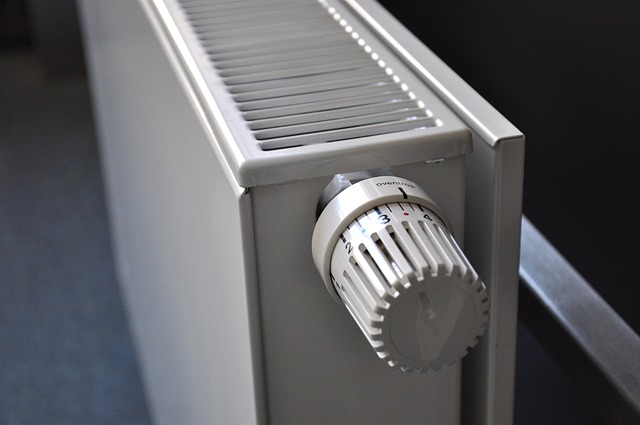
If your thermostat isn’t functioning correctly, one of the first things to check is the power supply and connections. As a thermostat repair expert, I’ve seen many cases where a simple issue with power can mimic sensor problems or other glitches. Ensure all wires are securely connected to both the thermostat and the power source. Verify that the circuit breaker or fuse controlling the thermostat’s power is in good working order. Sometimes, a reset of the power supply can solve unexpected thermostat malfunctions.
For those dealing with thermostat sensor issues or seeking a thermostat troubleshooting guide, this initial check could be the difference between replacing an expensive component and saving on costly repairs. Additionally, if you’re wondering how to program a basic thermostat, ensuring a robust connection will help guarantee your adjustments are accurately reflected in temperature control, enhancing comfort without unnecessary hassle.
Reset and Re-program the Thermostat
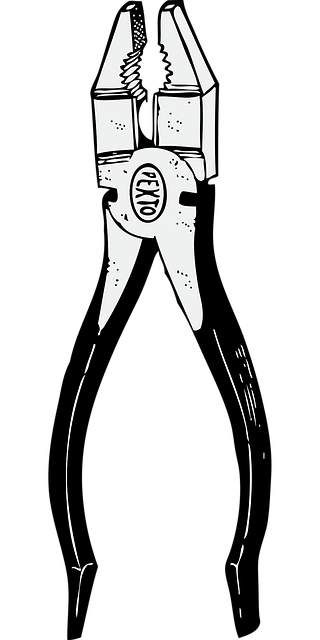
If your thermostat is acting up, one simple yet effective step to take is to reset and re-program it. Many modern thermostats come with intuitive interfaces that allow for easy adjustments. Start by power cycling the device—turn it off at the wall, wait a few moments, and then turn it back on. This can often resolve minor glitches.
Once powered back on, access the thermostat’s settings menu. Here, you can adjust the daily temperature settings to suit your needs. Programing these settings according to your daily routine not only enhances comfort but also saves energy. Moreover, for those looking to integrate smart home technology, many thermostats offer excellent smart home integration tips that can be found in a comprehensive thermostat troubleshooting guide. A thermostat repair expert recommends keeping an eye on these features to get the most out of your heating and cooling system.
Inspect for Damaged Wiring or Components
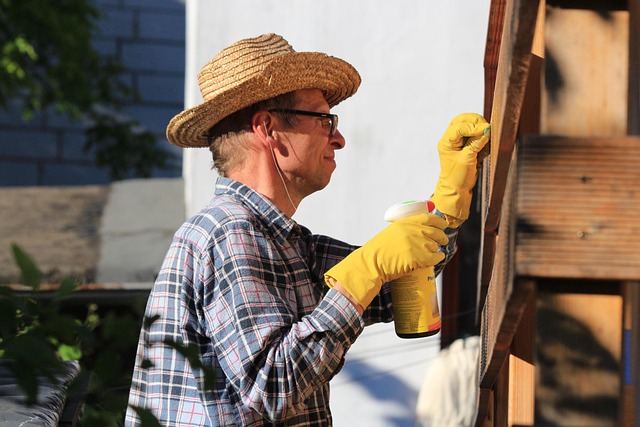
If your thermostat isn’t working as expected, one of the first steps in any repair process is to inspect the wiring and components for damage. A loose connection or a frayed wire could be causing the malfunction, especially if the thermostat not communicating with the app or showing erratic readings. A thermostat repair expert can help identify these issues, but it’s also important to note that some basic troubleshooting, such as checking for visible damage or ensuring all parts are properly seated, can sometimes resolve the problem quickly.
Don’t overlook the condition of the thermostat sensor, as a dirty or clogged sensor can impact its functionality. Cleaning instructions for the thermostat sensor are readily available from most manufacturers and can be easily followed by homeowners. Additionally, when considering a thermostat replacement, choosing the best time to install a new thermostat, like during seasonal transitions, can help ensure optimal energy efficiency and performance.
Verify Temperature Settings and Preferences

Before jumping into complex troubleshooting, it’s crucial to double-check your thermostat’s temperature settings and preferences. Many issues can stem from seemingly minor misconfigurations. Make sure the desired temperature is set correctly for both heating and cooling modes. Verify that the thermostat is programmed according to your daily routine, with adjustments made for work hours, sleep times, and other activities that impact your home’s climate. Some thermostats offer customizable schedules and zones, so check these settings as well to ensure they align with your preferences.
If you’re dealing with a digital thermostat, confirm that the battery is charged or replaced if it’s a rechargeable model. A dead battery can cause erratic readings and malfunction. Additionally, consider cleaning the thermostat sensor—a small component responsible for temperature detection—using a soft cloth to remove dust or debris accumulation. Lastly, ensure your thermostat is compatible with your home system; improper compatibility could lead to communication errors, making it appear non-functional. For persistent issues, consult a thermostat repair expert who can offer tailored solutions and thermostat battery replacement tips, ensuring optimal performance of your home’s climate control system.
Test with a Different Thermostat for Comparison
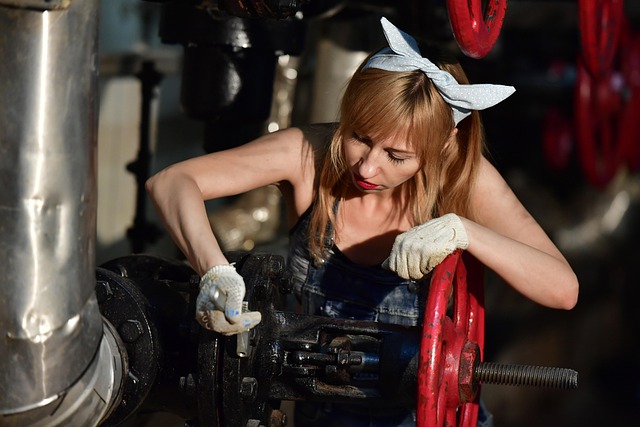
If your current thermostat isn’t functioning correctly, one of the best ways to identify the issue is by comparing its performance with a different, fully functional thermostat. This simple test can help you determine if the problem lies with the thermostat itself or if it’s an underlying issue with wiring or power supply. A thermostat repair expert suggests that this comparison method is often overlooked but can save time and money in troubleshooting.
By using a known working thermostat, you can quickly identify if the faulty device is displaying inconsistent readings, failing to heat or cool as instructed, or showing error codes. If the alternative thermostat functions properly under similar conditions, it’s clear that the issue isn’t with the settings but rather a potential problem with your original thermostat, which might require replacement without power off or further exploration in a detailed thermostat troubleshooting guide.
Call in a Professional for Advanced Troubleshooting
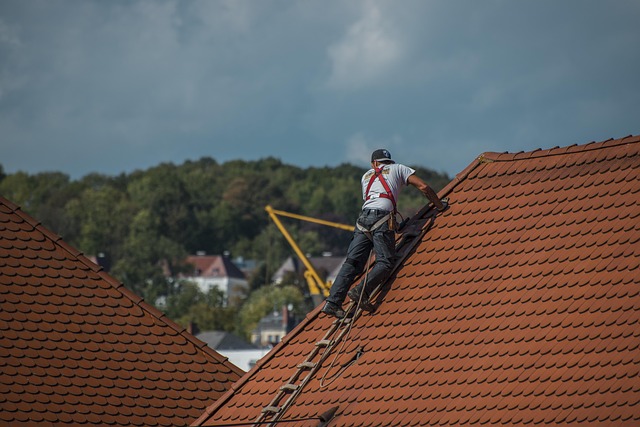
If your thermostat isn’t functioning correctly, don’t panic; there are many potential solutions to try before calling in a professional. For simpler issues, checking and replacing the batteries, cleaning the sensor, or adjusting the settings can often resolve the problem. However, if these steps don’t work, it’s time to consider calling in a thermostat repair expert. They have the advanced troubleshooting skills and tools needed to diagnose complex problems, such as faulty wiring or sensor malfunction.
Remember that a professional technician can also assist with modern smart thermostats, including app control troubleshooting. Unlike traditional models, these require specific setup and connectivity issues that may be beyond the average homeowner’s expertise. Additionally, they can provide insights into energy-saving tips and help you optimize your home’s temperature control, ensuring both comfort and cost efficiency. While replacing a thermostat without power off is generally not recommended for safety reasons, a qualified expert will know when it’s appropriate to do so, ensuring a seamless transition to a new or repaired unit.
If your thermostat is still not functioning correctly after trying these solutions, it might be time to consult a thermostat repair expert. They have the specialized knowledge and tools to diagnose complex issues and can offer lasting repairs, ensuring your heating and cooling systems operate efficiently. Don’t let a faulty thermostat disrupt your comfort – reach out to a professional for peace of mind.
